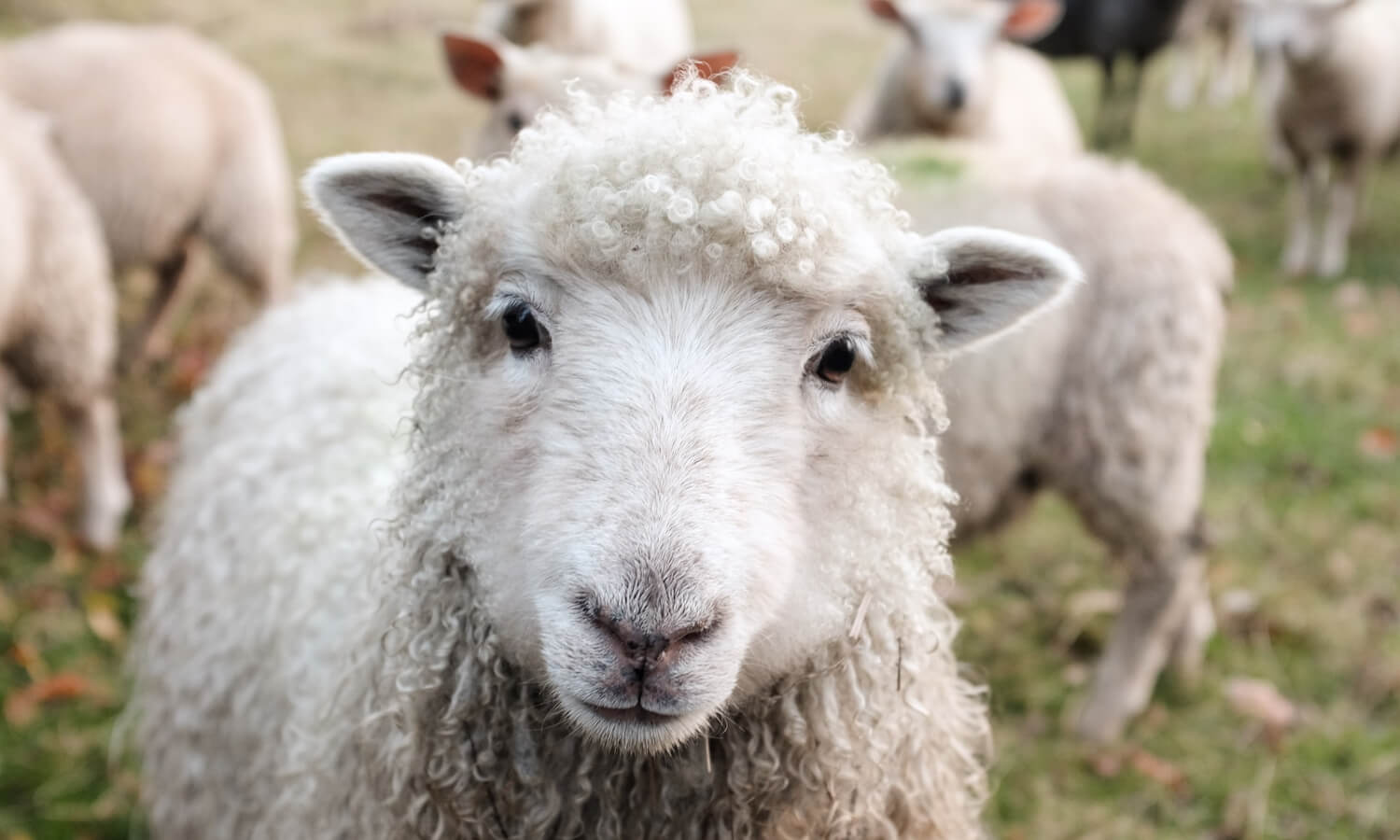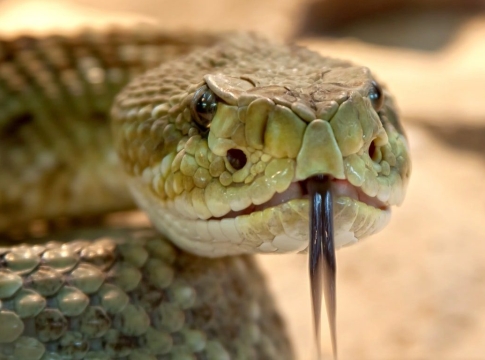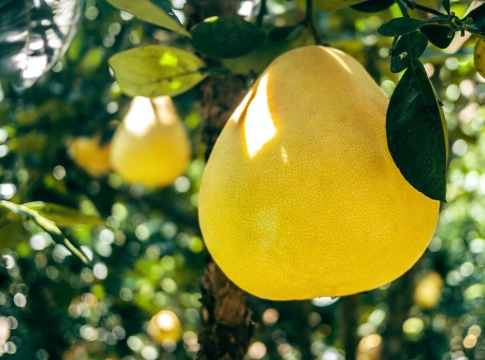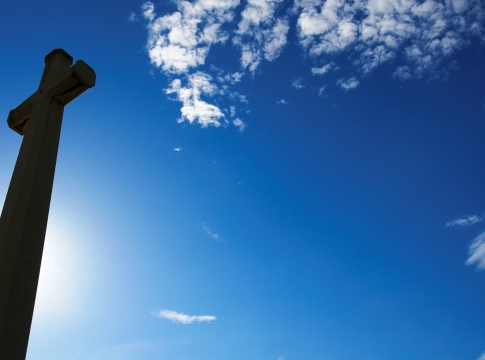
Numerous accounts regarding animal sacrifices may be found in the Old Testament, and God provided specific instructions on when and how animal sacrifices should be performed. What purpose do these activities serve? Why would God approve of animal killing?
What are animal sacrifices?
Genesis 4:4 is the first recorded story of an animal sacrifice, indicating that the son of Adam and Eve, the second generation of humanity, had already slaughtered an animal as a tribute to the Lord. It is evident from several places in Genesis (e.g., Genesis 8:20–21, Genesis 22:13, Genesis 46:1) that people offered animal sacrifices. The process isn’t explained in great detail, but it’s certain that animals were killed and presented to God. This is not exclusive to Old Testament tales; it was and still is a practice in a number of other civilizations and religions.
God’s prescriptions for animal sacrifices
Many rules and guidelines were given to the Israelites by God as they were being led from slavery in Egypt across the desert and into the land of Canaan, which is the subject of the book of Exodus. These featured specific directions for offering sacrifices, as found in the book of Leviticus, for instance. Yes, a large number of these were animal sacrifices. God gave the Israelites instructions on when to bring their sacrifices, what kind of animal to offer on particular occasions, who was to carry out the ritual, and how it was to be done.
See for example the laws about a burnt offering:
“When any one of you brings an offering to the Lord, you shall bring your offering of livestock from the herd or from the flock. If his offering is a burnt offering from the herd, he shall offer a male without blemish. He shall bring it to the entrance of the tent of meeting, that he may be accepted before the Lord. He shall lay his hand on the head of the burnt offering, and it shall be accepted for him to make atonement for him. Then he shall kill the bull before the Lord, and Aaron’s sons the priests shall bring the blood and throw the blood against the sides of the altar that is at the entrance of the tent of meeting. Then he shall flay (strip the skin) the burnt offering and cut it into pieces, and the sons of Aaron the priest shall put fire on the altar and arrange wood on the fire. And Aaron’s sons the priests shall arrange the pieces, the head, and the fat, on the wood that is on the fire on the altar; but its entrails and its legs he shall wash with water. And the priest shall burn all of it on the altar, as a burnt offering, a food offering with a pleasing aroma to the Lord” (Leviticus 1:2-9).
Animal sacrifices show the seriousness of sin
An prominent role for animal sacrifices is found in the Old Testament. They represent God’s response to Israel’s disobedience and transgression.
This was a serious issue since it has strained human relations with their Creator ever since the first humans rebelled against him. They had earned God’s anger and were therefore no longer worthy of being in his presence. Death has been sent loose into the earth by their malice.
These animal sacrifices served as a metaphor for that. Slitting an animal’s throat and witnessing its demise emphasized the disastrous outcomes of individuals’ immorality. It made it abundantly evident how much was at risk and how terrible sin and wickedness actually were. This was true for both the community—God cannot dwell among a soiled people—and the individual—because sin will result in our ultimate damnation.
Animal sacrifices as a symbolic substitute
But the purpose of sacrifices was not limited to highlighting the issue of sin in humankind. They also had to do with God’s remedy; they suggested that a replacement might be available. As a ransom payment to atone for people’s transgressions, an innocent animal’s life was offered as an alternative to punishing them and letting them suffer the consequences. When an animal was slain, it took on God’s wrath in lieu of the offender.
“If he brings a lamb to be offered as a sin offering, he must kill it for a sin offering in the same location as the burnt offering by placing his palm over its head. The priest will then use his finger to collect a small portion of the sin offering’s blood and place it on the burnt offering altar’s horns before spilling the remaining blood at the altar’s base. And the priest is going to burn it on top of the food sacrifices made to the Lord above the altar. And he will be pardoned for his transgressions, since the priest will atone for them (Leviticus 4:32–35).
Blood and life
An animal’s blood represented its life. Leviticus 17:11 explains this as follows: “Because the blood atones for the sins of your souls because the life is in the blood, and I have given it for you on the altar.” For this reason, losing blood was a significant component of the rites. “There is no forgiveness of sins without the shedding of blood” (Hebrews 9:22). The blood was sprinkled, signifying purity and cleansing.
However, this is not all. In the end, an animal cannot make amends. Hebrews 10:4 in the Bible states explicitly that “it is not possible that the blood of bulls and goats could take away sins.” Thus, something else needed to occur. There had to be an ultimate, long-lasting solution.
The ultimate sacrifice
Offerings of animals as sacrifices were not a cure-all. They hinted to yet another, supreme sacrifice: the death of God the Son. According to 1 Timothy 2:5–6, “There is one mediator between God and men, the man Christ Jesus, Who gave Himself as a ransom for all.” “With His wounds we are healed, and upon Him was the chastisement that brought us peace; He was pierced for our transgressions and crushed for our iniquities” (Isaiah 53:5).
God’s wrath on our sins was carried by Jesus’ death on the cross. Additionally, His blood “cleanses” and purifies us. According to Hebrews 10:10, “the offering of the body of Jesus Christ once and for all has sanctified us.” Jesus is the greatest offering. In order to “draw near [to God] with a true heart in full assurance of faith, with our hearts sprinkled clean from an evil conscience,” a person must trust in Jesus in order to be freed from God’s judgment over their sins and to be sanctified and purified (Hebrews 10:22).
Animal sacrifices aren’t necessary anymore
God used animal sacrifices as a means of addressing Israel’s disobedience and transgression. They served as a channel for keeping the relationship intact between a holy God and a people who had sinned.
But all of this is no longer required in light of [Jesus’ death and resurrection]. He is the perfect atoning replacement, once and for all. “Because He offered Himself once and for all, He has no need, like those high priests, to offer sacrifices on a daily basis, first for his own sins and then for the people’s” (Hebrews 7:27).
Only because Jesus Christ gave His life in order to atone for our sins, did the animal sacrifices offer pardon for sins. “Look, the Lamb of God, Who atones for global sin!” John 1:19.
Would you like to learn more about this subject? Take a look at this Bible Project video about atonement and sacrifice:





